Celebrating South Asian Beauty and Inclusivity Is at the Heart of This Brand
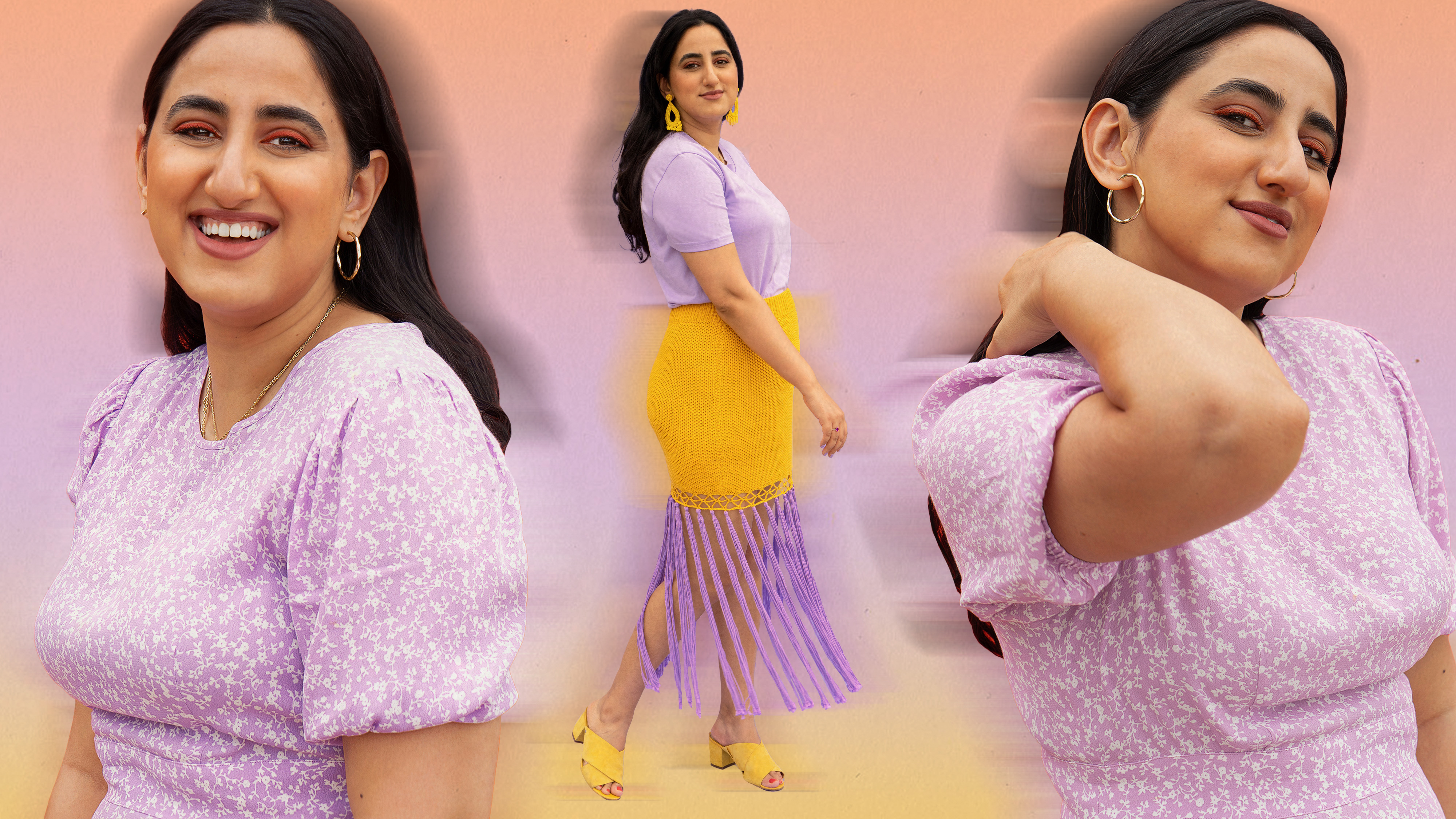
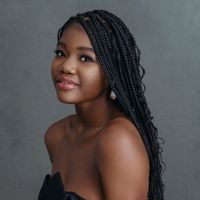
As a teenager, I avoided stepping into Sephora with my friends during shopping trips for one specific reason: I could never find products that looked good with my skin tone. The sparkly pink lip glosses my schoolmates gravitated toward appeared white against my brown lips and the complexion products I tested on the back of my hand always leaned too red, orange, or gray. I would step toward the corner of the store with a basket in one hand and my cell phone in the other, pretending to pay no mind to the excitement buzzing around me.
I knew that even if I spent hours sifting through the endless shelves of products, there wouldn't be much for me. Thanks to BIPOC+ beauty brand founders like Priyanka Ganjoo, my experience at Sephora has changed for the better. Her brand, Kulfi Beauty, officially launched in 2021 and landed itself on the shelves of the major beauty retailer. With Ganjoo at its helm, the brand focuses on celebrating and sharing South Asian beauty, drawing from cultural practices, experiences, and conversations among less-represented individuals in the beauty space.
As Women's History Month comes to a close, I wanted to take the opportunity to learn more about the buzzy brand and the inspiration behind it from the founder herself (and, of course, enthuse over Kulfi Beauty's line of inclusive and brightly colored products). Keep scrolling for the inside scoop on all things Kulfi.
Meet Priyanka Ganjoo, Founder of Kulfi Beauty
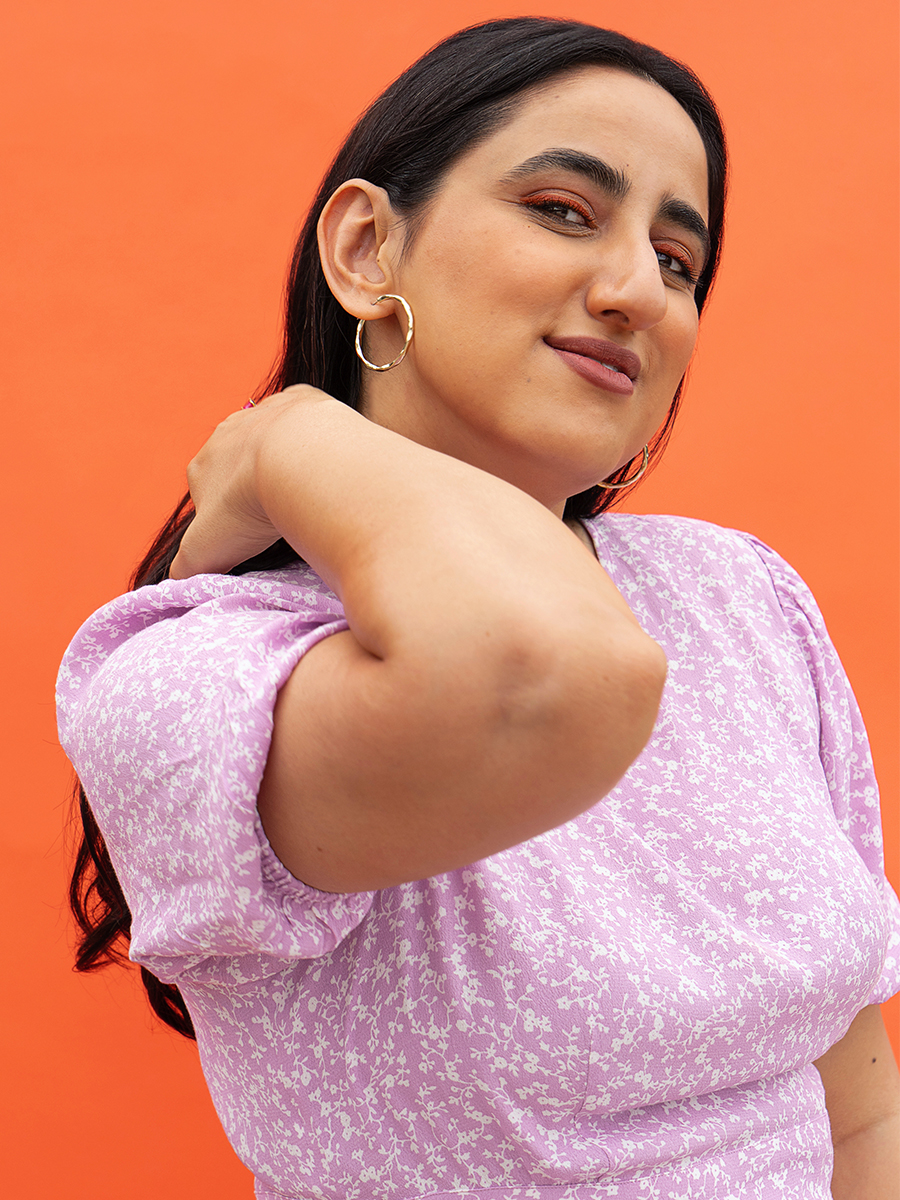
Can you tell me about your background in beauty? Have you always been interested in being part of the industry?
It's wild that I started a beauty brand because I didn't wear makeup through my late 20s, and I never thought I would be part of the beauty industry. Growing up, I never thought I could participate in beauty—I think it was because I didn't see people who looked like me. I felt intimidated by colorful makeup and thought it was reserved for people who are "already pretty."
I started by working on the marketing strategy team for Estée Lauder, which was my first introduction to beauty. Then, I had the opportunity to work at Ipsy in merchandising. It was such an amazing opportunity to try all these up-and-coming brands and products. I have this distinct memory of trying glitter eye shadow for the first time, and it exploded on my desk. That's when I understood how beauty could be fun and playful without the feelings of judgment that I grew up with.
How has building a brand centered on joy and the celebration of South Asian beauty informed your views of the beauty industry as a whole?
When I first left my job and had the idea of pursuing this, I got a lot of nos from industry people. They didn't understand how South Asian beauty could be aspirational—whatever that means! I told them it was an opportunity to celebrate South Asian beauty, people, and cultures through makeup! I wanted Kulfi Beauty to be a cool, fun brand without having intense ethnic storytelling behind it!
With that vision, I was getting lots of nos from people in the industry who didn't see the brand having potential. The reason we're still here today is because once we launched, we saw positive responses to our mission through social media. It's been really rewarding to be able to see us in the beauty space after coming from so much rejection, but I still think there's a lot of work to be done.
On TikTok, there was a conversation about inclusivity not being limited to creating inclusive foundation shades. We need inclusive shades and inclusive eyeshadow shades too! I can't believe in 2024 we're still having this conversation about what inclusivity is. At Kulfi Beauty, we make sure that we create products that can work across all skin tones. It's still a space we're trying to fill, and there's so much more work to be done.
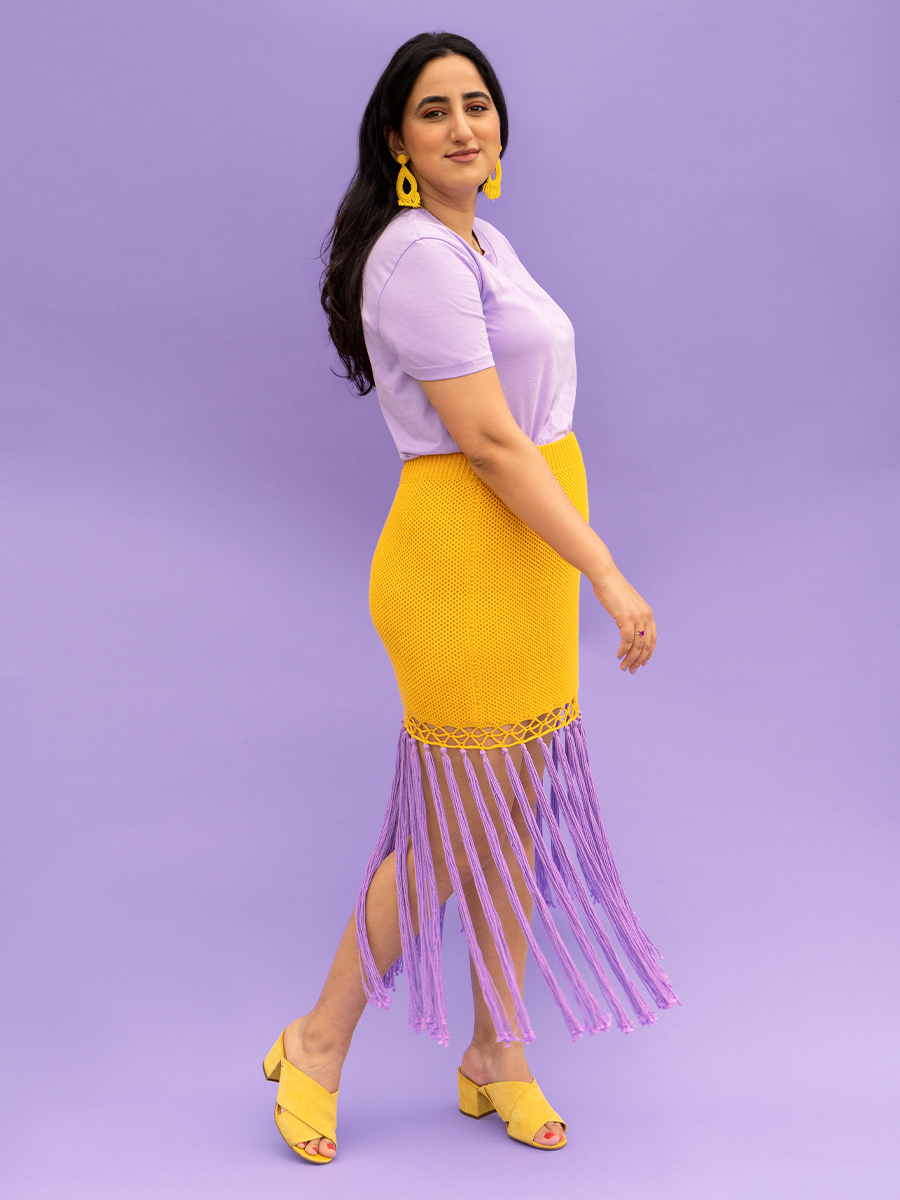
One of the first things I noticed about Kulfi Beauty was how many shades were offered for each product. Can you tell me more about what it's like to come up with these formulas?
I love that you said that! It makes me feel so validated. It's always nice when people in the beauty industry recognize the effort that goes into our brand. Understanding undertones is so important for all products. For us, it goes back to working with our community on all product development. For example, the first product we launched, the Kajal Eyeliner, came from a conversation.
That's when I came up with the idea of launching a kajal eyeliner since it allows for such an important cultural connection between the history of South Asian beauty and our modern generation. With the concealer, we aimed for a variety of shades with the help of focus groups, testing on all skin tones. It was the same process for our blush and lips colors. Everything is developed by our community and tested on real people, which gives us the opportunity to come up with different colors.
Do you have a favorite product from your brand that you think everyone should try?
The Zari Eyes Eyeshadows are inspired by sari and the silver and gold threads that are found in so many South Asian garments. Our eye shadow formula is this beautiful cream-to-powder finish. Even though the color can look intimidating at first, all you have to do is tap and swipe it on to the skin for easy pigment that can pack on color. But don't tell my other products!
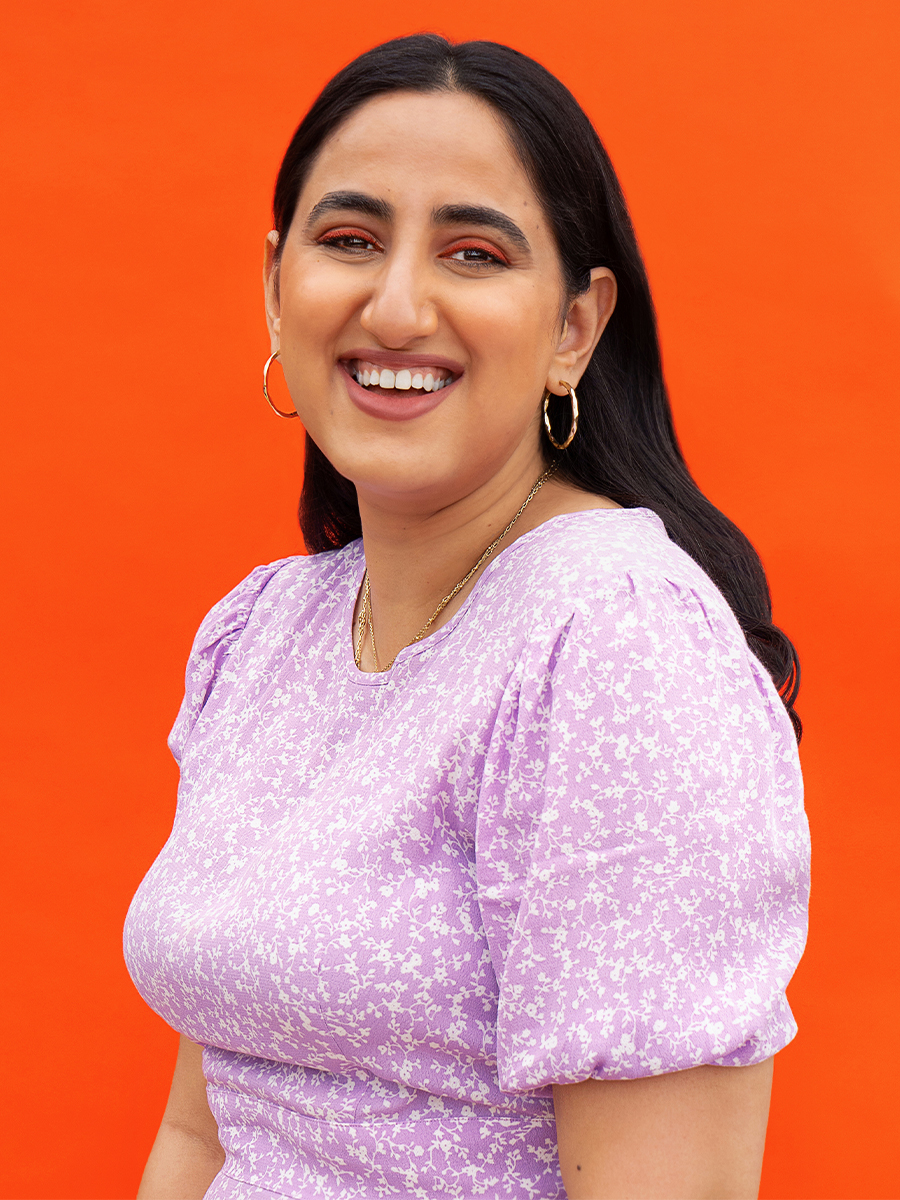
In what ways are your products' formulas informed by your culture?
One of the things I think is true for South Asian cultures as well as many BIPOC+ cultures is that beauty is a really shared experience. It stems from memories of putting henna on each other's skin and hair oiling. It's all about the community and people coming together to make everyone feel beautiful. That inspires a lot of how we think about formulas. For our eyeliner, we wanted to reimagine kajal and bring that same sultriness, pigment, and glide while adapting it to the needs of the modern consumer.
That meant a product that didn't smudge all over and bleed. For the cream blush, one of the biggest challenges was to make a formula that didn't disappear in two seconds. We wanted to create a long-lasting cream blush, and we thought about henna/mehndi, which has staining power. Our new brow gel is inspired by hair oiling, and we drew from the idea of obsessing over the hair on our head while treating the hair on our face differently instead of nurturing it.
What do you hope customers take away from experiencing Kulfi Beauty?
I want them to have that moment where they can enjoy using the product and feel included. We've always been met with this typical, European-centered image of what to aspire toward. At Kulfi, we're about enhancing your own unique features and using makeup as a tool to achieve. I want people to have fun with our products and use them as self-care. Our brand's name, Kulfi, means ice cream and stems from the joy a treat brings. I want our products to do the same thing.
As a beauty insider, where do you see the beauty industry heading in the next couple of years?
There's been a push for diversity and voices over the past few years, but somehow it feels like we've taken a few steps back from that unfortunately. I feel like diversity shouldn't be just a checkbox. Brands that are BIPOC+ are doing the work of pushing for diversity in everyday conversations and not as an afterthought. It's something that I hope we can continue seeing more of, and I'm excited to see more BIPOC+ beauty brands, founders, and influencers finally getting their flowers. I hope the beauty space can give people the recognition they're due.
Discover Kulfi Beauty's Line of Products

Kulfi's all-in-one clear brow gel and serum conditions brow hairs using a nourishing blend of safflower oil, sunflower oil, and roselle hibiscus sabdariffa. The flake-free formula offers a laminated effect, smoothing hairs into place for up to eight hours.
Customer Review: "Wow, this brow gel is seriously amazing! It holds like a champ but feels so light, I can hardly tell it's there. And you know what? It's totally not crunchy, which is a biggie for me with brow gels. Plus, those little brushes at the end? They're like magic wands for shaping and setting my brows perfectly! Love it!"
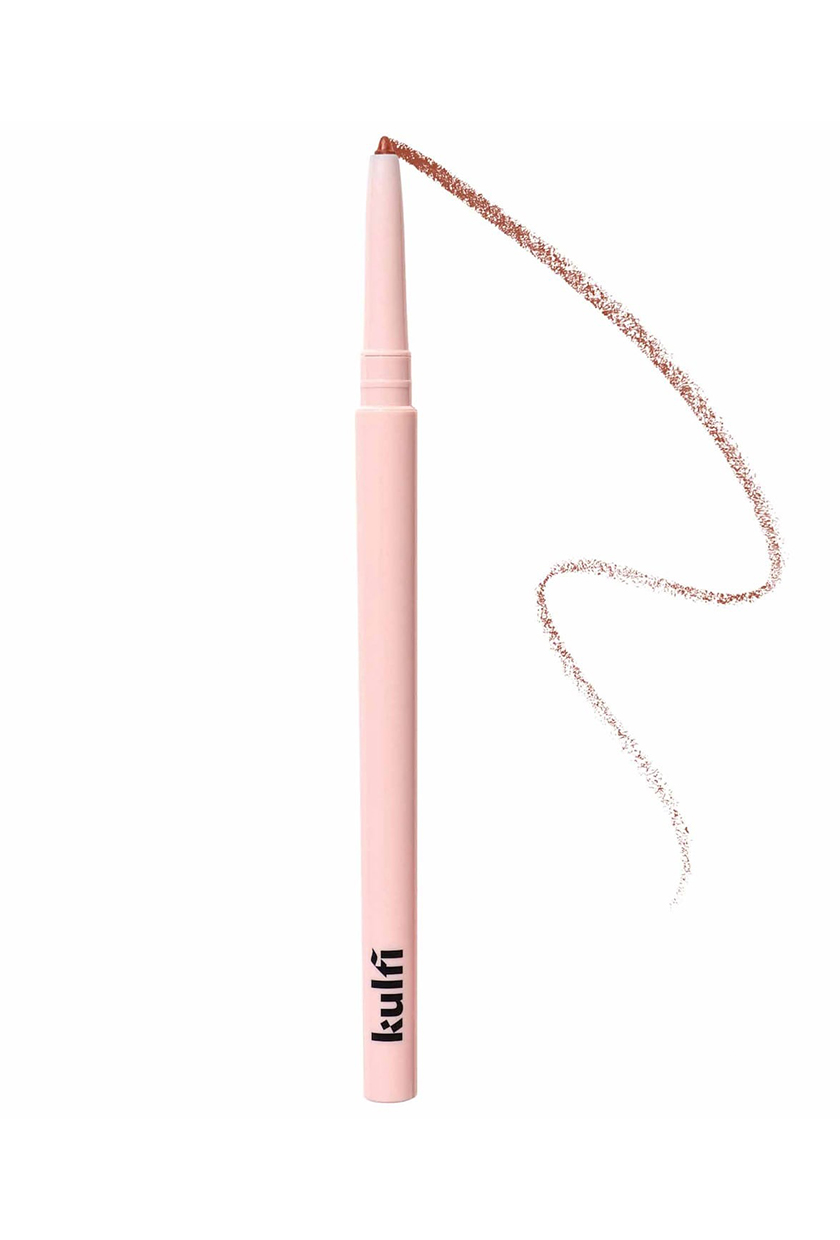
This award-winning kajal eyeliner combines intense pigment and longevity for a product that's ultra smooth, waterproof, and smudge-proof. Infused with moisturizing aloe vera and vitamin E, this one is gentle on the skin while offering drag-free application.
Customer Review: "I got the shade Tiger Queen and it's a perfect matte burnt orange shade. The color reminds me of fall and coziness. It's a very creamy formula but isn't too creamy to where it will break off easily. Amazing color pay off and definitely smudge proof. I definitely will try our more shades soon even the shimmer finish ones."
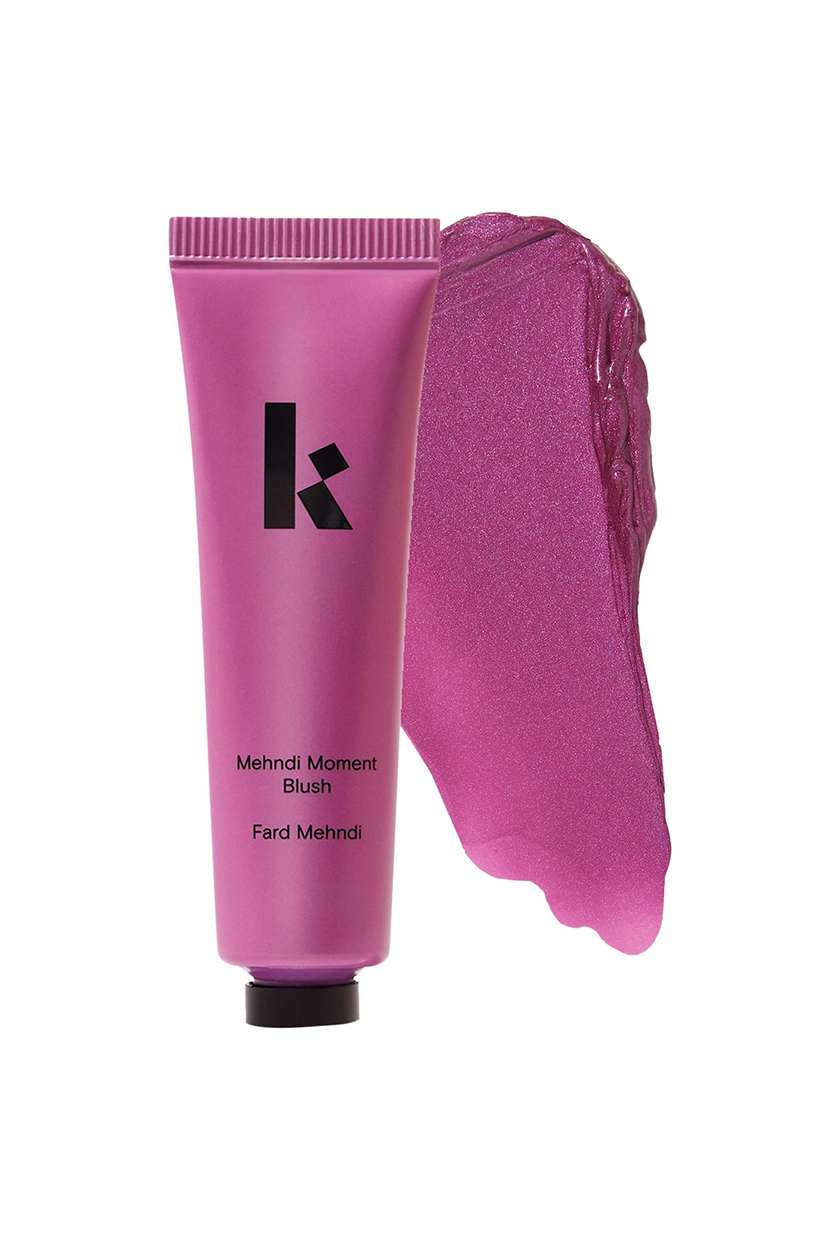
Here's a highly pigmented and long-lasting buildable cream blush that offers a radiant flush of color, blending seamlessly into all skin tones. It's formulated with a combination of amla and hibiscus extracts to hydrate the skin while providing antioxidants, which protect against free radicals.
Customer Review: "IN LOVE with this shade! Purple blushes are perfect for brown skin and this one is no exception. It's super buildable and didn't leave me greasy after wearing it for most of the day. I would quickly blend this one before it dries down. The formula is creamy but not too thick. Can't wait to try other shades!"
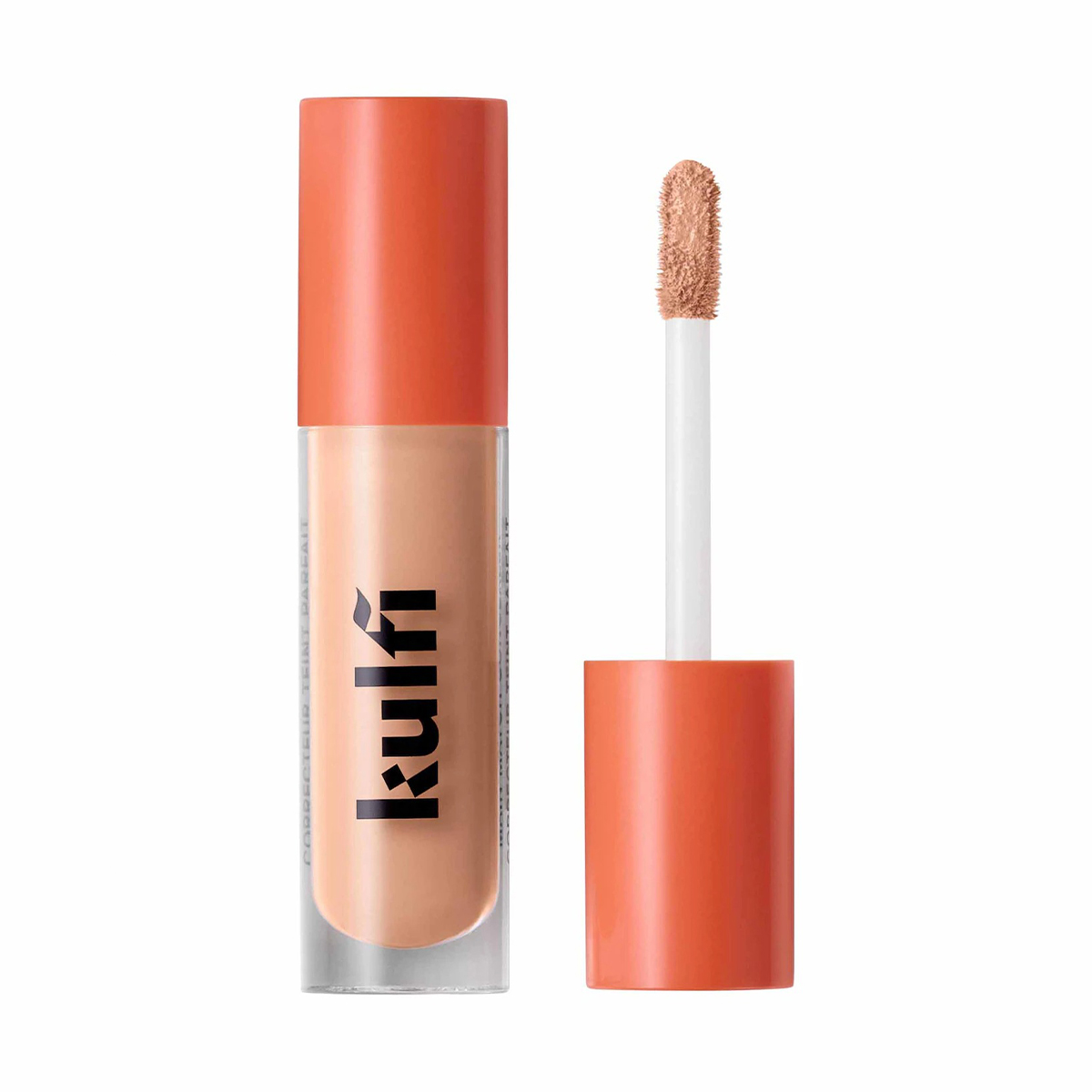
If you've been on the hunt for a crease-proof, hydrating concealer, Main Match Concealer is a must. Not only does it provide a radiant-looking finish with medium coverage, but it has a fast-drying and self-setting formula.
Customer Review: "I bought this back in November and I honestly love it so much. It’s sort of dewy which makes sense because it’s a hydrating concealer. That makes it perfect for the colder months! I don’t use foundation, so I don’t know how well this does with it. But overall, it’s a great product, especially if you struggle with dryness in certain areas of your face. Bonus points for the South Asian CEO!"

The Heirloom Satin Lipstick is creamy and buildable and glides onto lips offering max comfort, pigment, and longevity with a satin finish. It doesn't feather or fade and comes in the perfect shades for all skin tones—a treasure trove for anyone who has struggled to find their perfect nude.
Customer Review: "[The] Kulfi Heirloom lipstick is a must-have for any lipstick lover. The rich, creamy formula glides on smoothly and provides long-lasting color that stays put all day. The shade range is diverse and flattering on a variety of skin tones. Plus, the packaging is sleek and chic, making it a stylish addition to any makeup collection. Overall, I highly recommend trying out Kulfi Heirloom lipstick for a luxurious and high-quality lip color experience."
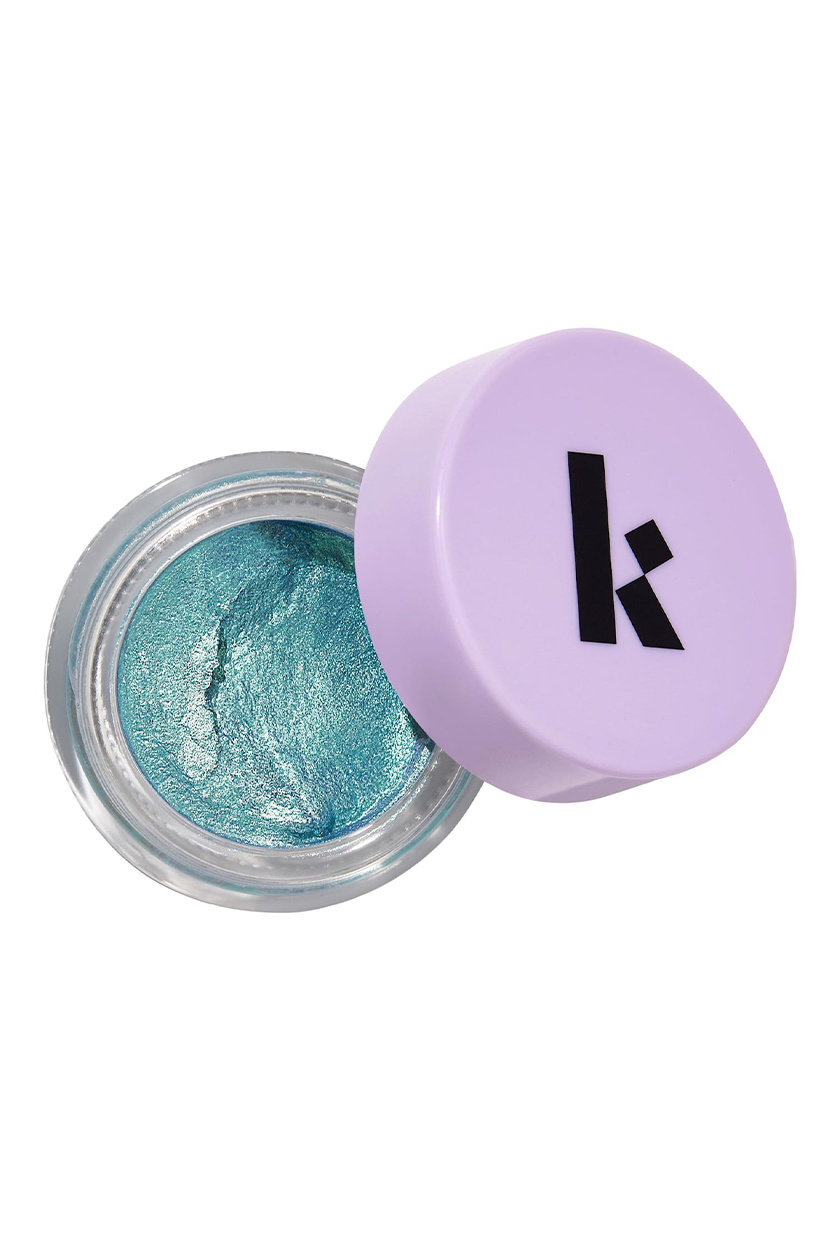
Kulfi Beauty's highly pigmented and long-lasting cream-to-powder eye shadow is enriched with moisturizing ingredients to help the product glide on effortlessly. Long-lasting, transfer-resistant, and full of pigment, the Zari Eyes Eyeshadow stays in place with no fading or fallout.
Customer Review: "This is one of my favorite cream eyeshadow products. I already owned Zari Eyes in the the pink glitter shade, but was gifted Disco Dreams by the brand. It is a gorgeous duo chrome eyeshadow. Long-lasting doesn’t crease. You can build it up for a bold look or wear it a bit more diffused for a soft mermaid-like eye look."
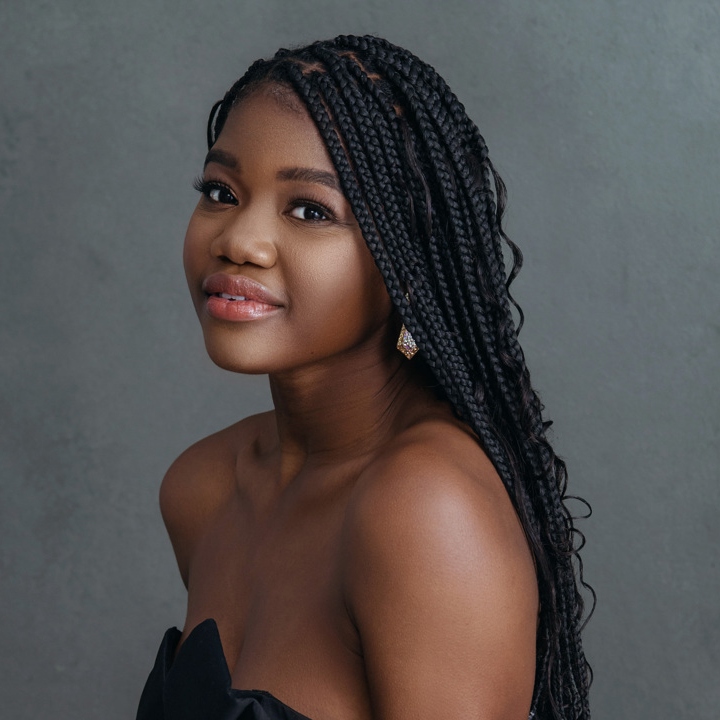
Maya Thomas is an Associate Beauty Editor atBest Knockoff Luxury Clothing . Her strong love for all things beauty and fashion stems from a strong childhood interest in the fine arts. During a gap year spent in Paris studying the history of French fashion, she shifted her focus to English literature and journalism as a student at Loyola Marymount University. After graduating in May 2021, Maya began freelancing for Parade.com as a contributing commerce writer. When she's not writing, Maya spends her free time catching up on reading, perusing art galleries, and enjoying a night out at the ballet every now and then.